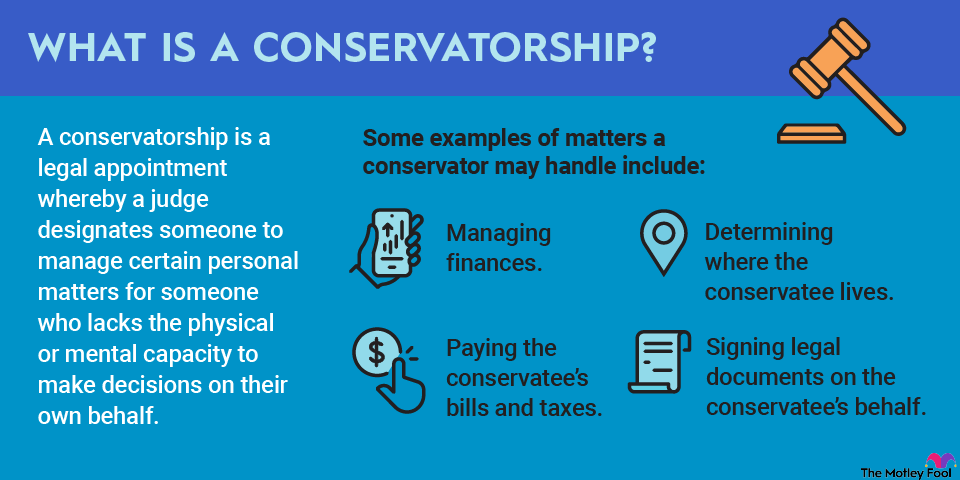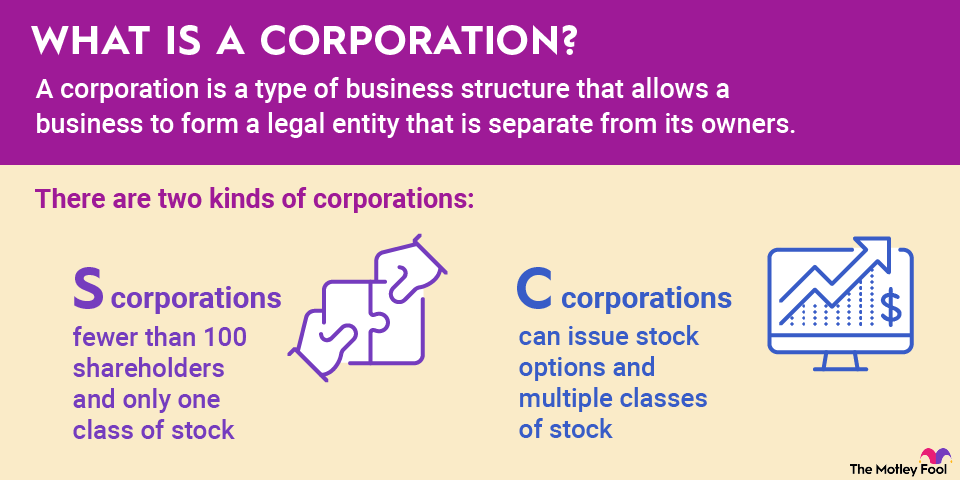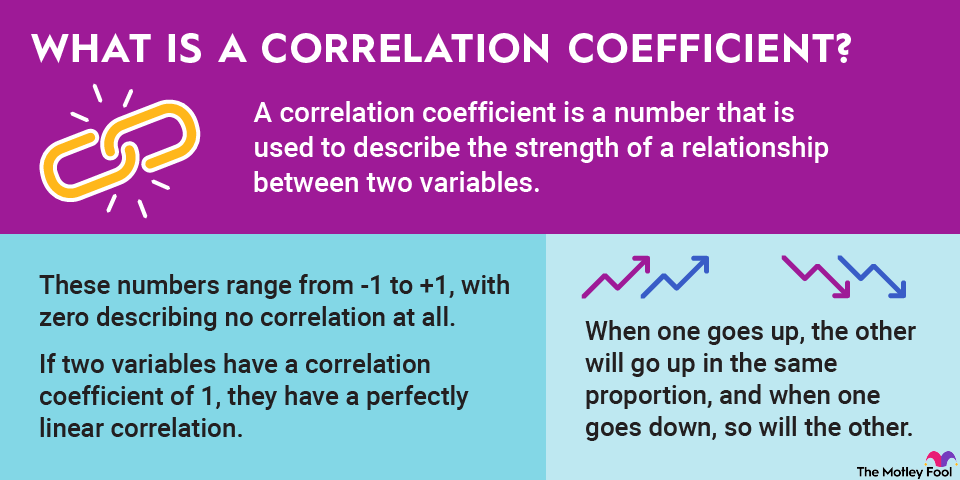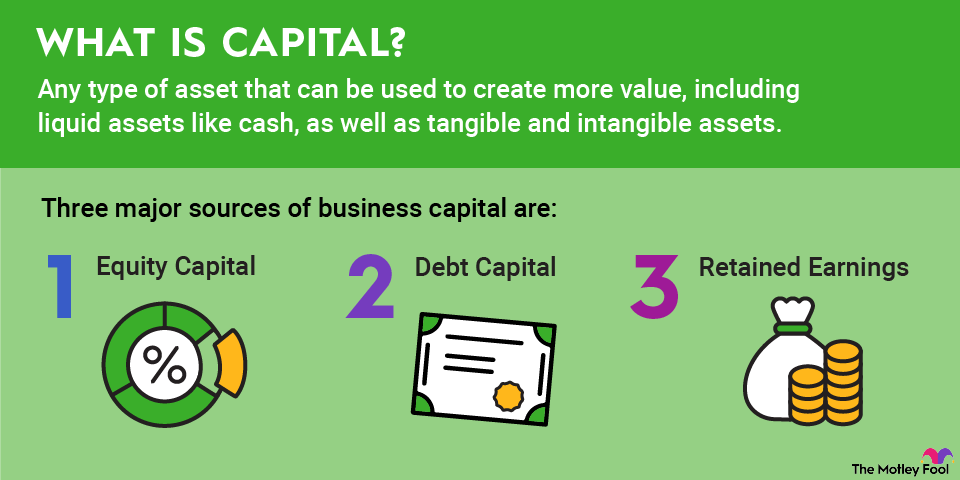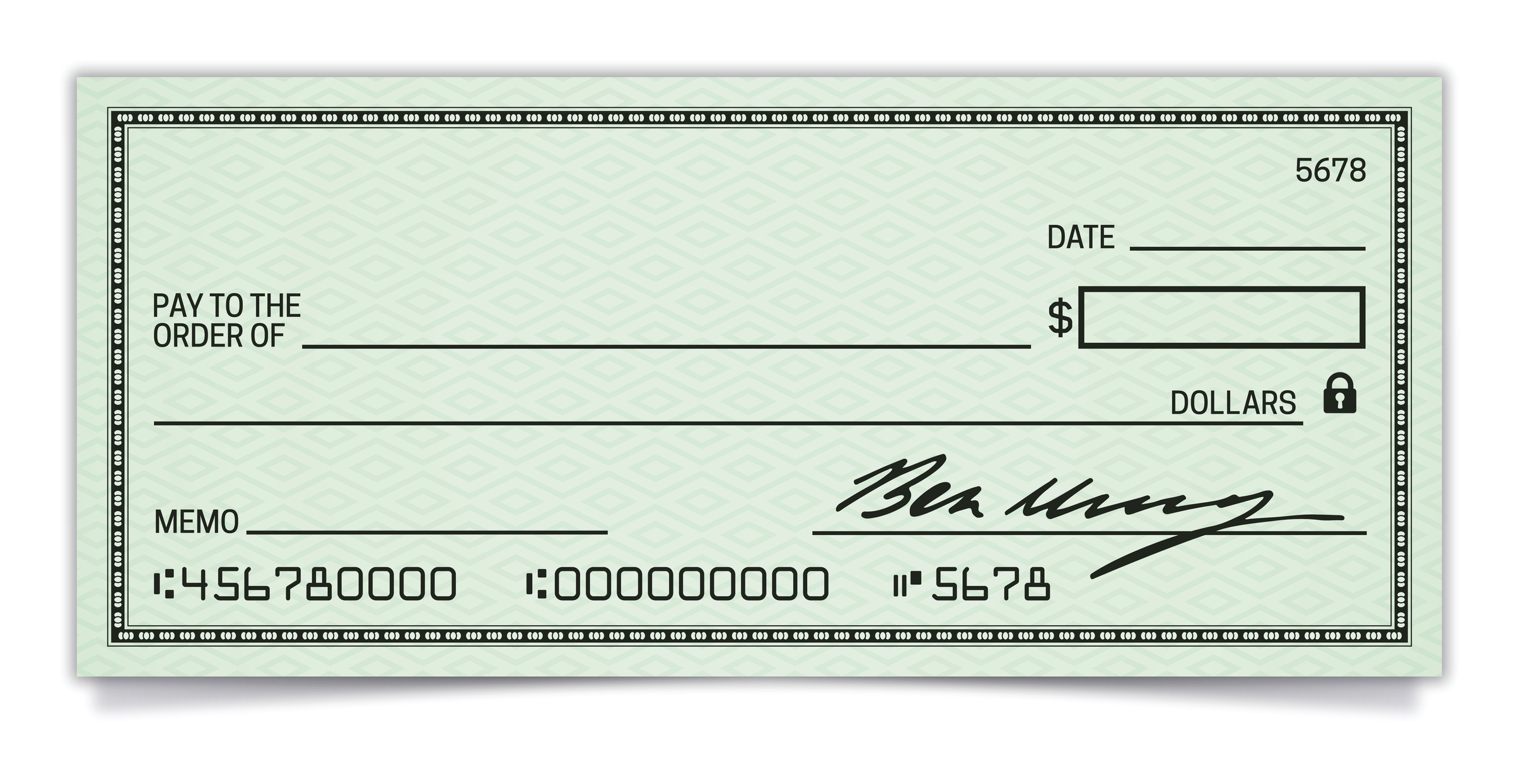The carrying value of a bond is the face value plus any unamortized premiums or minus any unamortized discounts. It’s fairly quick and easy to calculate. Doing so can help you determine how the bond is recorded on a company's financial statements. Investors can also look at the carrying value of a company’s bonds to accurately determine its debt obligations.

Understanding carrying value
Every bond has a face value, which is the amount the bondholder receives on the maturity date. The bondholder also receives coupon payments based on the bond’s interest rate, which is fixed at the time the bond is issued.
Because interest rates fluctuate, bonds typically sell at either a premium or a discount. Bonds with rates higher than what’s currently available sell above their face value, and bonds with below-market rates sell for less than their face value.
The carrying value, also known as the book value, accounts for this premium or discount. It gradually reduces the premium or discount over the bond’s term through amortization. Once the bond reaches maturity, the carrying value and face value will be equal.
How to calculate the carrying value of a bond
To calculate carrying value, you need the bond’s face value and the unamortized premium or discount. As an example, let’s say that a 10-year bond with a $25,000 face value sold for $27,000. It currently has seven years left until maturity. Here’s how you’d figure out its carrying value:
- Start with the premium or discount. In this case, the bond had a $2,000 premium (the amount it sold for, $27,000, minus the $25,000 face value).
- Divide the premium by the bond’s term. The $2,000 premium divided by a 10-year term equals $200 per year.
- Multiply the result by the time left until maturity to get the unamortized premium. With seven years left and a premium of $200 per year, the unamortized premium is $1,400.
- Add the unamortized premium to the face value. Here, you have $1,400 plus $25,000, for a carrying value of $26,400.
That’s the straight-line method of calculating amortization. There are other methods, including the effective interest method, which requires more work. The easiest option is to plug the information into a carrying value calculator online.
What carrying value means for investors
When you invest in bonds, it’s important to know their fair value. The carrying value is an accounting metric, not a market valuation, but it can provide insight into how a bond’s premium or discount is amortized over time.
If the carrying value of a bond is higher than its current market value, then bondholders could be facing potential losses. This means the bond is trading at a discount, probably due to higher interest rates or increased credit risk. You generally wouldn’t want to sell your bond in this situation, unless you’re able to lock in losses and you’d like to use them for tax loss harvesting, or you're able to reinvest your money in a higher-yielding bond.
On the other hand, if the carrying value of a bond is lower than its current market value -- which usually happens after interest rates have fallen -- bondholders have the opportunity to make a profit by selling. You don’t need to do so -- you could also continue holding the bond and making passive income from it -- but you have that option.
Related investing topics
Finding bond value on financial statements
Publicly traded companies include their current debt obligations on their balance sheets, which you can find in their quarterly filings with the Securities and Exchange Commission (SEC). Bonds, and specifically the carrying value of those bonds, are listed in the liabilities and equity section under long-term debt.
A balance sheet is one of the best ways to analyze a company’s current financial position. Comparing a company’s debt to its assets and income is a key part of deciding if you should invest in a stock.
